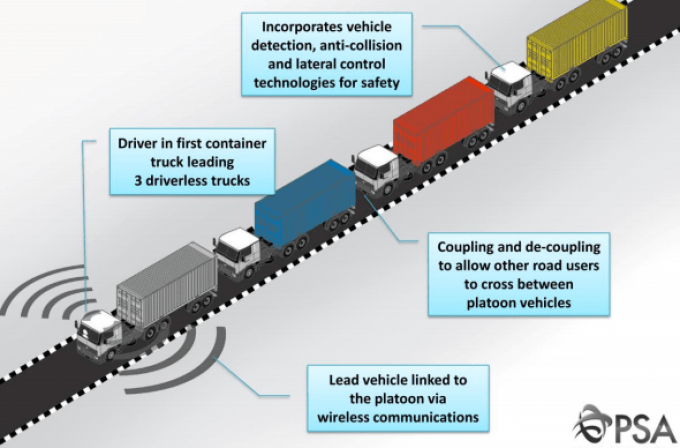Temasek-backed PSA Group – M&A hunting has its own (MSC-like) flavour
Connecting dots and rumours

The global truck driver shortage could soon be alleviated by the imminent usage of autonomous vehicles.
They have already become a reality in Australian mining, but now port operator PSA is to check out the benefits in Singapore.
As reported in Container Management, PSA and Singapore’s Ministry of Transport have signed an agreement with Scania and Toyota for the design, development and trial of an autonomous truck platooning system.
The trials will involve transport of containers between the port’s terminals, with a human-driven truck leading a convoy ...
Latest strike will cause ‘massive' disruption at German airports
CMA CGM pledges $20bn investment to boost US supply chains
CMA CGM could build medium-size vessels in US, says Saade
Asia-Europe FAK price hikes manage to halt 13-week rate decline
Box ship in collision with tanker off UK coast
Airlines rethink strategy as ecommerce to US begins decline
Ceva Logistics UK named and shamed as a 'serial late-payer'
White House can't see that trade war will hit US agriculture hardest


Comment on this article